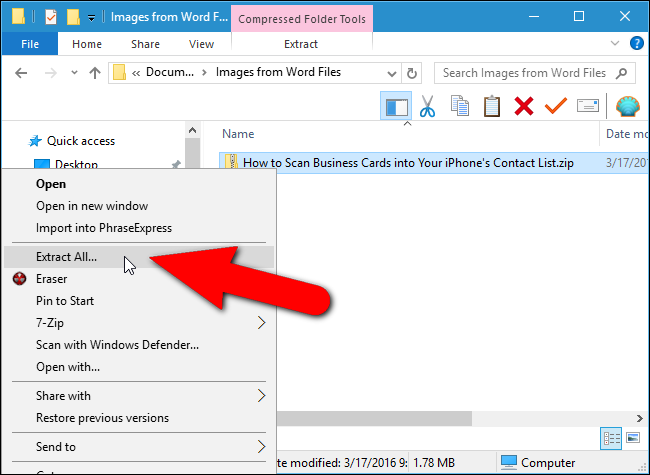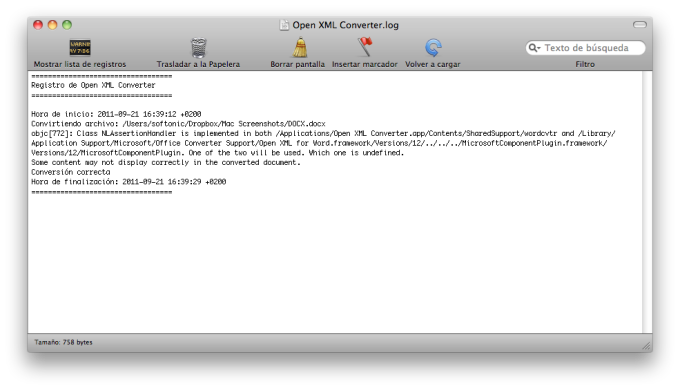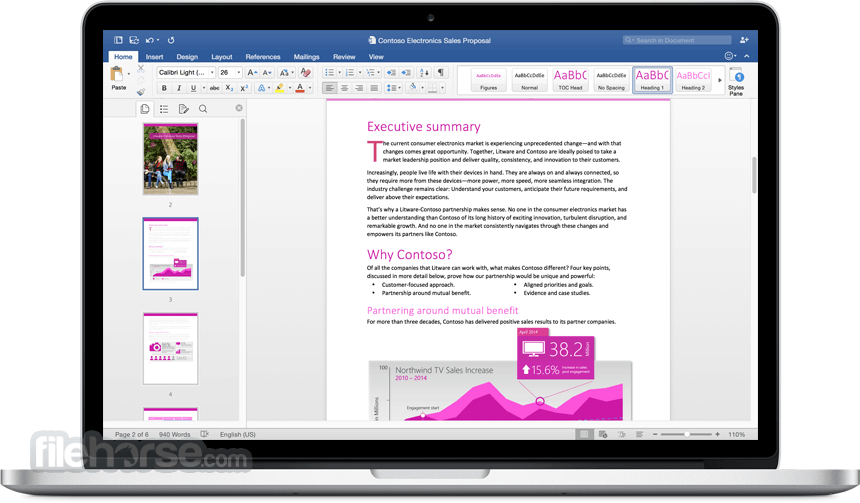- Learn More View embedded fonts in documents: Allows fonts that have been embedded in a file to be rendered in Mac Word. Focus mode invokable status bar: In Focus mode, more easily see Word count and access zoom controls with invokable status bar. Get More with Focus Mode: We heard you! Now, Focus Mode opens at your set zoom level and also shows.
- Important: Some items that were created by using features in Office for Mac 2011 might behave differently when the document is saved in the file format that is used by Office 2004 for Mac or earlier. Use the Compatibility Report to avoid using new Office features that might behave differently with earlier versions of Office.
Word or text files, graphs, Excel worksheets, PDF’s, PowerPoint files or a lot more. You can either create a new object within your Word document or insert an existing file. You can also choose to either embed or link the object. Embedding an object just takes a snapshot or copy of the file at the time you embedded it. Please find a solution here (go to the info below) - how to extract all the ‘pdf’ files embedded in word document and save them in to a folder: Docx file is a zipped folder, but it's not enough, since the embedded files are binary files. So here's how to do so: How to extract embedded PDF from WORD document in Linux (Mac). Well just open the document in Word and save it as.docx file, Word will convert it to a zip/docx file for you. So here is my file: Note: if you do not see the.docx at the end of the file name, you.MUST. follow this tutorial for this to work (this will help you show file extensions in Windows Explorer).

Extract Word Document
The other day, a customer emailed me and asked a question about the attachments in her email. She was seeing the attachments embedded in the body of the email instead of in the Attachments area below the subject line. She wanted to know why that happened, and how she could get it fixed.
First, here’s what an embedded file looks like in an email:
Normally, the file shows up in the Attached field under the Subject line:



The reason for the change in behavior is that your email formatting has been changed from HTML to Rich Text:
When the setting is Rich Text, all attachments are placed within the body of the email, and you can determine where they are placed by putting your cursor where you want the attachment to show up. If you want the attachments to show up in the Attached field, just change the setting to be HTML.
If you want to fix that for all emails, go to the Outlook Options by selecting File > Options, and make the following setting change:
TechNote 73
Applicability
| The information on this page applies to: | |
|---|---|
| All supported versions of Word for Windows and Mac |
Issue
Many users become alarmed when the equations in their Microsoft Word document is displayed in the cryptic form of { EMBED Equation.DSMT4 } or { EMBED Equation } instead of the actual MathType or Microsoft Equation equations.
Reason
These representations are a feature in Microsoft Word called Field Codes. They are used to help Word identify objects, such as equations, in your document. You only see them when the option is turned on, in which case they appear on-screen, in print, or both on the screen and in print.
Solution
{ EMBED Equation } or { EMBED Equation.DSMT4 } on screen
If you find that your equations are not displaying on-screen but instead are displaying something like { EMBED Equation } or { EMBED Equation.DSMT4 }, you can change your view settings in Word to correct this. To do so,
- Select
- Office Button > Word Options > Advanced (Word 2007)
- File tab > Options > Advanced (Word 2010 and later)
- Uncheck the box for 'Field Codes' or 'Field codes instead of values'.
At this point, the equations contained within the Word document should display correctly. Other ways you can toggle this property are:
- Via keystroke; the Word keyboard shortcut is Alt+F9 (Win) or ⌥+F9 (Mac).
- Via the Word toolbar; the toolbar button in Word looks like '{a}'. This is not one of the default buttons but can be added to the Word toolbars by using Word's Customize command. For more information about customizing your Word toolbars, please consult your Microsoft Word online help.
Any of the above methods will allow you to toggle the field codes off and on that will allow you to see the equations.
{ EMBED Equation } or { EMBED Equation.DSMT4 } in print
If you find your equations are not printing but instead are displaying something like { EMBED Equation } or { EMBED Equation.DSMT4 }, you can change your print settings in Word to correct this. To do this:
- Select Word > Preferences (Word for Mac), or Office button (or File tab) Options (Windows).
- Select the Print button (Mac) or Advanced/Print (Windows).
- Uncheck the box for 'Field Codes' or 'Print field codes instead of their values'.
At this point, if you print your document, the objects contained within the Word document should print out correctly.
Extract Embedded File Word Office For Macs
Ms Word Extract Embedded Files
We hope this has been helpful. As always, please let us know if you have questions about this, or if you have additional techniques that work. We'd love to hear from you.